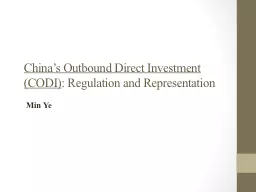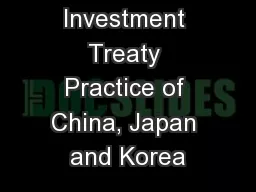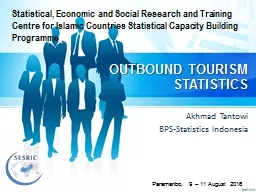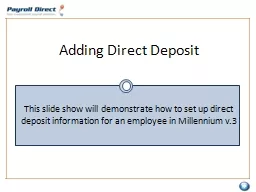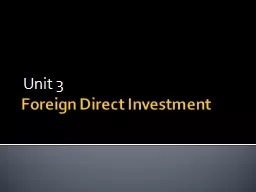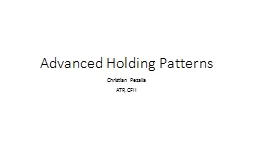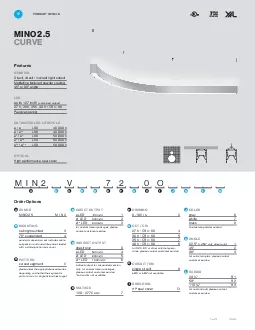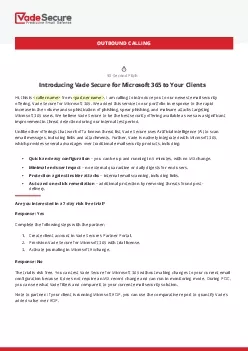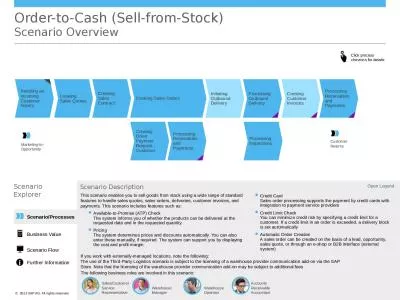PPT-China’s Outbound Direct Investment (CODI)
Author : trish-goza | Published Date : 2016-05-16
Regulation and Representation Min Ye The Topic hot but understudied In the West fear of rising CODI state capitalism In China unsure how to assess CODI critics
Presentation Embed Code
Download Presentation
Download Presentation The PPT/PDF document "China’s Outbound Direct Investment (CO..." is the property of its rightful owner. Permission is granted to download and print the materials on this website for personal, non-commercial use only, and to display it on your personal computer provided you do not modify the materials and that you retain all copyright notices contained in the materials. By downloading content from our website, you accept the terms of this agreement.
China’s Outbound Direct Investment (CODI): Transcript
Download Rules Of Document
"China’s Outbound Direct Investment (CODI)"The content belongs to its owner. You may download and print it for personal use, without modification, and keep all copyright notices. By downloading, you agree to these terms.
Related Documents

